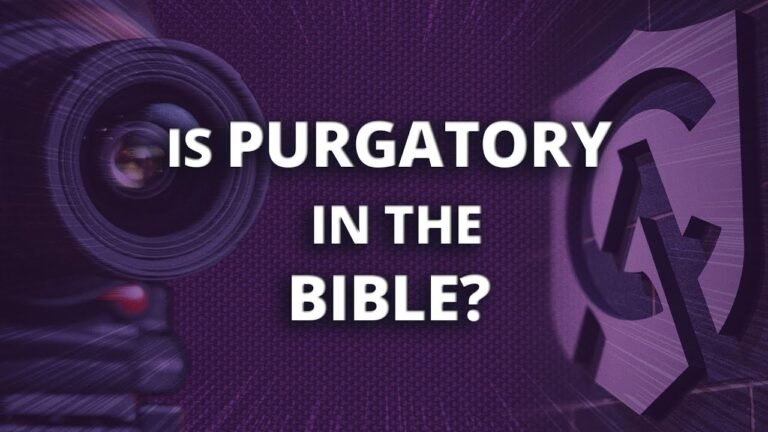Understanding the Meaning of Burnt Offerings
The term burnt offering holds significant historical and cultural weight, primarily rooted in ancient religious practices. Traditionally, it refers to a ritualistic sacrifice in which an animal is completely consumed by fire as an offering to a deity. This act symbolizes devotion, purification, and atonement, serving as a profound expression of faith and reverence. Understanding the burnt offering’s meaning not only sheds light on ancient traditions but also invites contemplation on the broader themes of sacrifice and spirituality that resonate through various cultures today.
What is the symbolism of a burnt offering?
The burnt offering holds profound significance, symbolizing the ultimate dedication and purity represented by Jesus Christ. Throughout His life, Jesus exemplified perfect obedience and purity, resisting temptation at every turn. This unwavering commitment set the stage for His sacrificial role, culminating in His offering on the cross.
In the context of ancient practices, the burnt offering was a complete surrender to God, with the entire animal consumed by fire as a symbol of total devotion. This act mirrored Jesus’ own life, where He offered His body as a living sacrifice, embodying the ideals of holiness and devotion. Each moment of His existence was a testament to His willingness to serve and honor His Father.
Ultimately, the burnt offering serves as a powerful reminder of the lengths to which Jesus went to reconcile humanity with God. It encapsulates the essence of sacrifice, love, and redemption, highlighting the significance of Christ’s life and death. Through this symbolism, believers are called to reflect on their own devotion and the profound implications of true surrender to God.
What are Jesus’ teachings regarding burnt offerings?
Jesus emphasized that God is not interested in mere rituals or sacrifices, stating that He did not desire animal sacrifices, sin offerings, or burnt offerings, despite their requirement under the law of Moses. This highlights a deeper truth: the importance of genuine faith and heartfelt devotion over external acts of worship. Jesus’ message calls for a shift from ritualistic practices to a sincere relationship with God, suggesting that true worship stems from the heart rather than compliance with religious obligations.
What is the meaning of burnt offering in Hebrew?
In Hebrew, the term for burnt offering is olah, derived from the root Ayin-Lamed-Heh, which signifies ascension or going up. This concept of elevation is also reflected in the term aliyah, commonly used to describe the act of immigrating to Israel or the ritual of ascending to the bimah to recite a blessing over the Torah. Both terms encapsulate a sense of movement toward something higher or more sacred.
The olah holds a significant place in ancient Hebrew rituals, as it is entirely consumed by fire on the outer altar, symbolizing the complete devotion of the offerer to God. Unlike other offerings, no portion of the olah is eaten by priests or participants, emphasizing its nature as an offering of total surrender and worship. This practice illustrates the deep spiritual connection between the individual and the divine.
Through the act of presenting an olah, worshippers express their desire to ascend spiritually, seeking closeness to God. This ritual serves as a powerful reminder of the fundamental principles of sacrifice and dedication in the Hebrew tradition, reinforcing the idea that true devotion often requires complete selflessness and a yearning for transcendence.
Unpacking Ancient Rituals: The Symbolism of Sacrifice
Throughout history, sacrifice has served as a profound symbol within various cultures, embodying a complex interplay between life, death, and rebirth. Ancient rituals often revolved around the act of giving up something valuable—be it crops, animals, or even human lives—as a means of appeasing deities or ensuring communal prosperity. These acts were not merely arbitrary; they were steeped in deep spiritual significance, representing the community’s collective commitment to a higher power and the natural order of life. By understanding the symbolism of sacrifice, we gain insight into the values and beliefs that shaped early civilizations and continue to resonate in modern practices.
As we delve deeper into the significance of these ancient rituals, it becomes clear that sacrifice was not only about loss but also about transformation. The act of giving was seen as a pathway to renewal, where the death of one element paved the way for new growth and abundance. This cyclical perspective highlights the interconnectedness of existence, suggesting that through sacrifice, communities sought to restore balance and harmony within their worlds. By unpacking these ancient practices, we uncover a rich tapestry of meaning that illustrates humanity’s enduring quest for understanding and connection to the divine.
From Fire to Forgiveness: The Spiritual Journey
In the heart of despair, where flames of anger and betrayal once raged, lies the transformative power of forgiveness. This spiritual journey begins with acknowledging the pain, allowing us to confront our wounds instead of burying them. As we sift through the ashes of our past, we uncover lessons that teach resilience and compassion. Each step taken in this process is a testament to our strength, illuminating the path toward healing and renewal.
Emerging from the embers, we find clarity and purpose. Forgiveness is not simply a release; it is a choice to reclaim our peace and allow love to flourish again. Embracing this journey fosters a deeper connection with ourselves and others, creating space for empathy and understanding. As we let go of resentment, we ignite a flame of hope that guides us toward a brighter, more harmonious existence.
The Significance of Ashes: Connecting Past and Present
Ashes, often perceived as mere remnants of what once was, serve as a profound symbol of transformation and continuity. In many cultures, they represent the cycle of life and death, reminding us that endings pave the way for new beginnings. From ancient rituals to modern memorial practices, ashes hold a sacred significance, allowing individuals to connect with their heritage and remember those who have passed. They embody the essence of what remains, providing comfort and a tangible link to the past.
In today’s fast-paced world, the significance of ashes extends beyond their physical form. They encourage introspection, prompting us to reflect on our own lives and the legacies we wish to leave behind. As we face the inevitability of change, ashes remind us of the enduring nature of memory and love. By honoring the past through the symbolism of ashes, we cultivate a deeper appreciation for the present and the connections that bind us across generations.
Understanding the meaning of a burnt offering reveals its profound significance in various cultural and religious contexts. This ancient practice, rooted in sacrifice and devotion, symbolizes an individual’s complete surrender and commitment to a higher power. As we explore its historical and spiritual dimensions, the burnt offering continues to inspire reflection on themes of sacrifice, redemption, and the pursuit of deeper connections with the divine. Embracing these insights enriches our understanding of humanity’s quest for meaning and purpose in a complex world.







